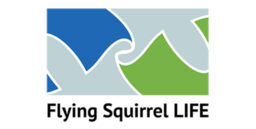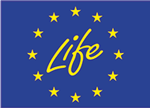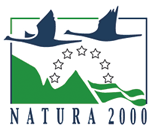Flying Squirrel LIFE – networks and co-operation
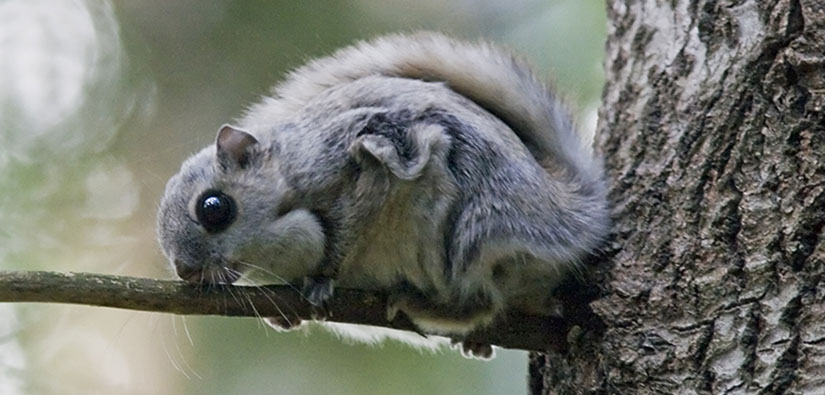
Project work and results
The project has officially ended on 31st March, 2025.
Flying squirrel theme page on laji.fi (in Finnish)
Layman’s report (pdf 6,7 Mb, julkaisut.metsa.fi)
After-LIFE Conservation Plan (pdf 11,4 Mb, julkaisut.metsa.fi)
Recommendations to develop better future for the flying squirrel in Europe (pdf 4,2 Mb, julkaisut.metsa.fi)
See all the project publications on the subpage ‘Guides and other project publications’.
The Flying Squirrel LIFE project improved the conservation of flying squirrels in Europe through co-operation. The project brought together key actors in land use, such as land-use planning and forestry, as well as information on the habitat networks of flying squirrels.
In Europe, the flying squirrel is only found in Finland and Estonia. The species is classified as vulnerable within the European Union due to the rapid decline in its population.
Read more about our work in our project brochure and watch the videos:
- Flying Squirrel LIFE – Co-operation for improving the conservation of the Flying squirrel in Europe (pdf, 0,7 Mt)
- The Flying squirrel LIFE project video (youtube.com, in English)
- Video: Flying squirrel in my forest – now what? (youtube.com, in Finnish)
- Video: Flying squirrels playing by their nest in Estonia (youtube.com)
More videos on the subpage: Events and media library.
Check out the published project guides on the Guide page: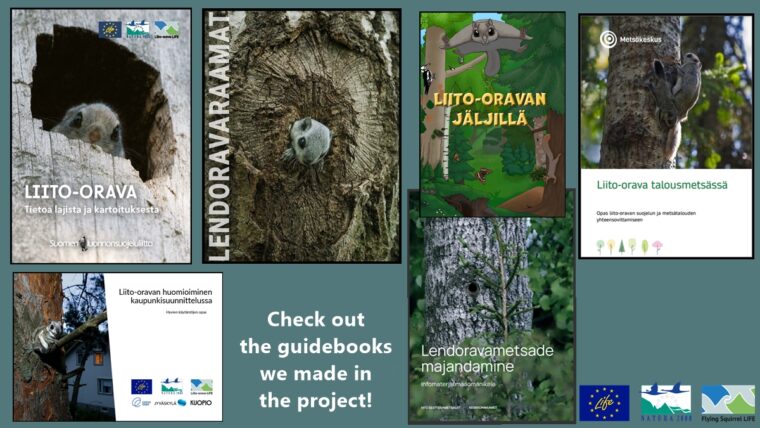
Habitat networks are the key
The biggest threats to the flying squirrel are the reduction and fragmentation of suitable habitats, i.e. breaking down into smaller and separated areas. Having interconnected habitats is vital to the flying squirrel. Habitats form functional networks, thus allowing the animals to move between suitable habitats. When flying squirrel are able to move between habitats, they can live their lives from generation to generation over extensive areas. Safeguarding habitat network is a sustainable way of improving the long-term conservation of flying squirrels. Since this is a major challenge, finding new ways to tackle it required a wide range of actors. The Flying Squirrel LIFE project was coordinated by Metsähallitus Parks and Wildlife Finland, with 17 partners from Finland and Estonia. The project covered the entire range of flying squirrels in Europe.
We promoted the conservation of flying squirrels through four sub-objectives:
- To prevent and decelerate habitat loss and fragmentation.
- To increase co-operation among key stakeholders and develop tools for fluent land-use planning.
- To improve the quality and availability of flying squirrel data.
- To increase the exchange of knowledge and acceptance of conservation.
The project had approximately 120 areas/different project sites of activity in total. The budget was EUR 8.9 million, most of which from EU LIFE Nature Programme funding. The project lasted approximately 6.5 years (1 August 2018 – 31 March 2025).
Further information
Project Manager Eija Hurme
Metsähallitus, Parks and Wildlife Finland
Email: eija.hurme@metsa.fi
tel. +358 (0)40 486 0563
Project assistant Ilona Karjalainen
Metsähallitus, Parks and Wildlife Finland
Email: ilona.karjalainen@metsa.fi
tel. +358 (0)40 356 3292
- Flying Squirrel LIFE project on the European Union website (webgate.ec.europe.eu)
- Flying Squirrel on the Finnish assessment of threatened species, i.e. the Red List (punainenkirja.laji.fi)
Partners
There were 13 project partners in Finland and 4 in Estonia. Find them listed on the subpage Project partners.

Socio-economic and ecosystem impacts
In order to gain knowledge and an understanding of the flying squirrel and convey it to the general public, we investigated the impacts of the project on the state of the flying squirrel population. We have discussed the flying squirrel in a variety of ways.
Sosio-economic impacts
What thoughts come to mind concerning protection of the flying squirrel? Would I like to have a flying squirrel living next door? How much does it cost to protect the living conditions of a flying squirrel? What kind of impacts can forest use have on the entire distribution area of the flying squirrel? We humans are interested in many things!
We have prepared a comprehensive report on the socio-economic impacts of the Flying Squirrel LIFE Project. We surveyed citizens’ views and possible ways to harmonize approaches to reconciling the conservation and land-use needs of the flying squirrel. The first survey was made in early 2019 (via Ota kantaa service) and another in 2020-2021 (via PPGis). The Natural Resources Institute Finland published a report of the results (in Finnish with English summary, pdf 3,21 Mb, jukuri.luke.fi) in 2024, with the survey result compilation and a summary of their work in project. See also the Summary of the socio-economic effects of the Flying Squirrel LIFE project actions (pdf 0,2 Mb).
Natural Resources Institute Finland also carried out a participatory survey in order to collect information about areas that residents find important in terms of recreation and natural values. Results are published as maps showing important recreational areas in relation to areas suitable for flying squirrel. The survey was done in three cities in Finland: Jyväskylä, Kuopio and Espoo. The report (pdf 8,9 Mb, metsa.fi) is in Finnish with English summary.
Ecosystem impacts
How will different methods of protecting flying squirrels affect the forest structure and the distribution of the species in the future? For example, if the amount of suitable habitat or movement corridors between habitats is given priority in the use of forests, will it be necessary to reduce forestry yields over the long term?
In the project, the Natural Resources Institute Finland (Luke) compared the estimated impacts of various felling and conservation measures on the number of forests and habitat networks of flying squirrels.
The consequences of different objectives will be assessed over a period of a few decades, i.e. as future scenarios. By comparing scenarios, it will be possible to identify an appropriate strategic approach in which both the protection of flying squirrels and the commercial use of forests can be combined in a sustainable manner. See the Summary of the Flying Squirrel LIFE project actions’ effects on Forest Ecosystem Function (pdf 1Mb).
The project has received funding from the LIFE Programme of the European Union. The material reflects the views by the authors, and the European Commission or the CINEA is not responsible for any use that may be made of the information it contains.
Last updated 24 October 2025
